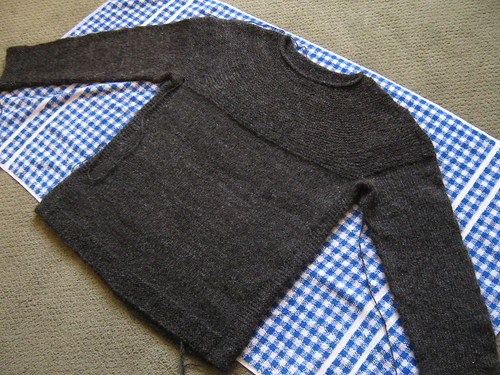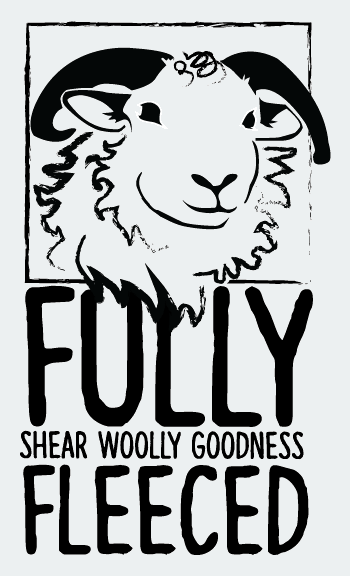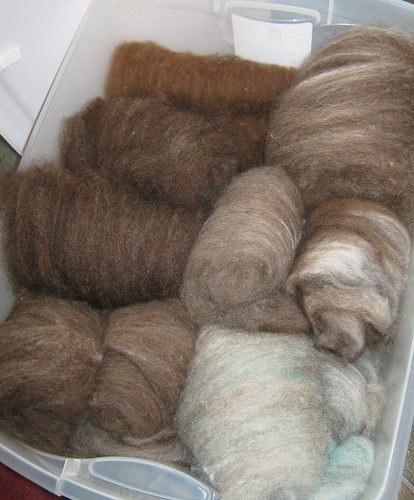Feb 2 came and went.
Punxsutawney Phil prognosticated that we’re going to have 6 more weeks of winter.
But in my experience, the weather guessers (people and rodents) are fairly unreliable, so I’m keeping a good thought for a nice mild remainder of the winter and a timely transition to spring.
Can’t hardly believe it’s February already.
Before you know it we’ll be pruning the fruit trees, and shearing the sheep again!
It was a beautiful weekend here, and I was glad to get some “hangin’ with the sheeps” time in
The boys were just chillin’ in the pasture
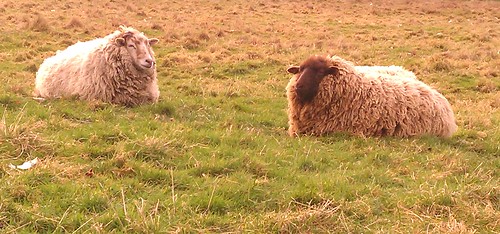
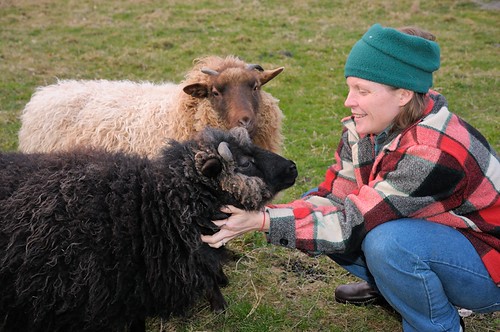
and I thought I’d maybe get a little fleece preview, but noone would let me get a good fleece picture.
But in summary-
Edgar and Griff look fabulous, a little lighter than last year, beautiful golden brown/taupe, both fleeces seem to be in really good shape, Griff is very crimpy, Edgar more wavy and silky.
Chone, a little shorter than I expected by now, but probably about 3 to 3.5 inches overall. some white fibers throughout. Starting to get a little matted in places where he scratches himself against the fence.
Frank and Felix- the fleeces are lookin pretty rough right now. Frank has managed to get a whole section of his back covered in some sort of green mossy stuff, and they both look very matted and bedraggled.

Would like to get in there and clean them up a little, but they aren’t guys who volunteer for a trip to the beauty shop, so I’ll just wait until next month hope it looks more promising under the surface.
Griff says, “It’s all about the fleece, baby”.

In sweater news, I was very excited about getting the sleeves and body joined up this weekend and getting to work on the yoke.
But then in handling the pieces I detected a slight inconsistency in weight between the two sleeves. Turns out the yarn I used in the second half of sleeve #1 is a little bit heavier than the rest.
The measurements are still pretty much right on. But it was bugging me, so I ripped it out.

So I’ve gotta go back and do another half of a sleeve. Not a big deal, but a little bit of a setback. I’ll reuse the slightly thicker yarn in the yoke where it won’t cause an imbalance.
Still think I can get it done by the end of the month. 😉
